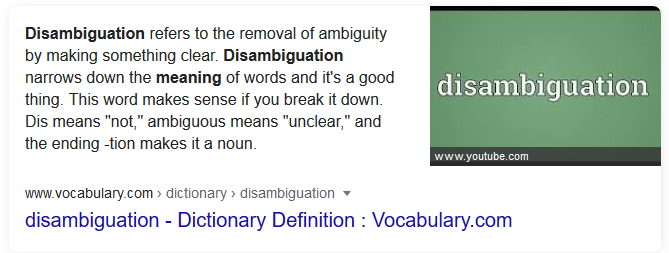- Google’s Purpose:
Google’s original mission statement was “to organize the world’s information and make it universally accessible and useful.
To summarize, I prefer to think of it as “Crawl” and “Serve”.
If each of your pages can do that better than others your up against, it’s like winning the battle before even setting foot on the field.
- To Organize the Worlds Information
- How can they do this?
- How you can leverage it
One of the best ways to do this is…
Linked data
From Wikipedia, the free encyclopedia
In computing, linked data (often capitalized as Linked Data) is structured data which is interlinked with other data so it becomes more useful through semantic queries. It builds upon standard Web technologies such as HTTP, RDF and URIs, but rather than using them to serve web pages only for human readers, it extends them to share information in a way that can be read automatically by computers. Part of the vision of linked data is for the Internet to become a global database.
Tim Berners-Lee, director of the World Wide Web Consortium (W3C), coined the term in a 2006 design note about the Semantic Web project.[1]
2. Next Up: Enter Disambiguation and Topical Intent:
-
- Machines need help…
Machines as smart as they are, still need help with the relationships between object, subject, and predicate.
This is where disambiguation comes into play (essentially by removing any ambiguity from phrases, person, places or objects… entities) in your content.
In the video above we’ll show you ways to:
- Control the [Frame / Tracks] bots use to discover and grade content
- Give them what YOU think they need to become part of the seed set (that Google uses when comparing all others in the set).
If you’d like more training like this, then check out our SEO Bootcamp Training which is a 5 week SEO Training Course designed for anyone who wants to learn SEO like the pros and learn how to rank any website using proven practices tested over 24 years in the field.
- Machines need help…

Also, if you haven’t already, get a copy of our WordPress SEO Plugin SEO Ultimate PRO to unleash the power of Semantic Tags to disambiguate your content and much much more.


Want to join the discussion?
Feel free to contribute!